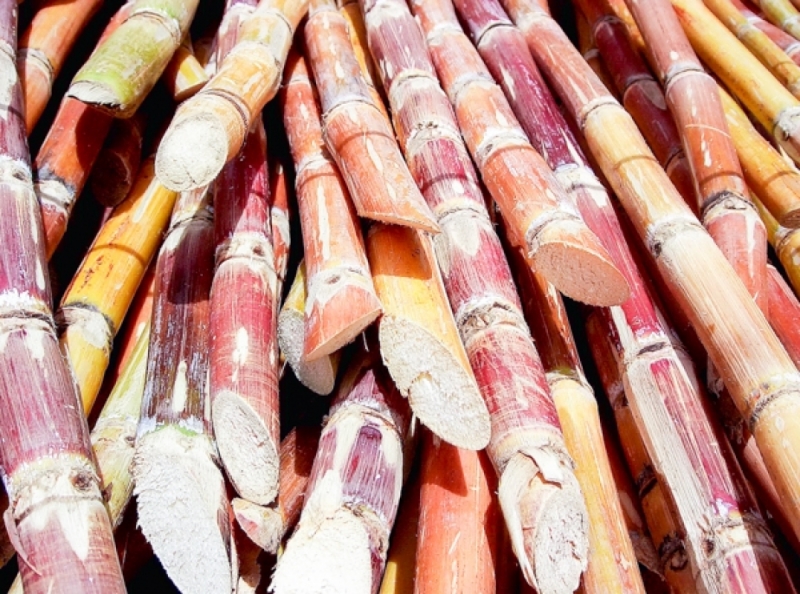




Cambodia, along with six other Asean member countries, reached an agreement to form an alliance of sugar-producing countries ‒ or so the called Asean Sugar Alliance (ASA) ‒ to promote and support the regional sugar industry and make it more competitive globally.
Cambodia, Thailand, Malaysia, Indonesia, Myanmar, Vietnam and the Philippines agreed in Bangkok last Saturday to form the alliance, with Thailand leading it for the next two years.
According to a Myanmar Times report yesterday, ASA will have provisions taken from Thailand’s Cane and Sugar Act of 1984 that includes the sharing of revenue between farmers and millers, the creation of an industry board and emergency funds for millers and farmers to cushion against price shocks or drastic weather events.
“Thailand encouraged us to form the alliance. Although Cambodia and Malaysia do not have their own sugar associations, sugar companies attended the signing ceremony as representatives,” the daily newspaper quoted U Win Htay, deputy chair of the Myanmar Sugar and Sugar-Related Products Merchants and Manufacturers Association.
Seng Nhak, director of Phnom Penh Sugar, who could not be reached for comments published in the Myanmar Times yesterday, told Khmer Times earlier that Cambodia had already set up its own sugar association in a bid to improve the industry.
Mr. Nhak said he was in Bangkok last Friday to access the impact of ASA regionally as well as globally in the context of the Asean Economic Community (AEC).
“The AEC accords special treatment to the sugar industry and Asean member states have policies to protect this industry in their own respective countries. So we don’t know whether the AEC will be able to treat sugar as a product with special trade preferences,” he said.
Initially, ASA was formed by only three members of Asean ‒ Thailand, Philippines and Indonesia ‒ in November 2012 to strengthen the sugar sector ahead of the launch of the AEC in 2015.
“The ASA will initially serve as a venue to exchange views and cooperate on research and technology, logistics and business development,” the Bangkok Post reported at the time.
With a population of 600 million, Asean produces about 17 million tons of sugar and consumes 14 million tons per year. On average, each person in the region consumes about 23 kilograms of sugar per year, according to the International Sugar Organization.
Thailand, Indonesia and the Philippines produce about 15 million tons of sugar per year combined with 10 million tons from Thailand, 2.5 million from Indonesia and 2.5 million from the Philippines.
Meanwhile Cambodia imports roughly about 500,000 to 600,000 tons of sugar a year. Local consumption is only about 100,000 to 150,000 tons a year and the rest is re-exported, according to Mr. Nhak. Thailand is the main country that exports sugar to Cambodia.
“The domestic market is our priority and Southeast Asia is our second priority. If the markets in Europe allow entry of our sugar, we will consider the European market,” added Mr. Nhak.